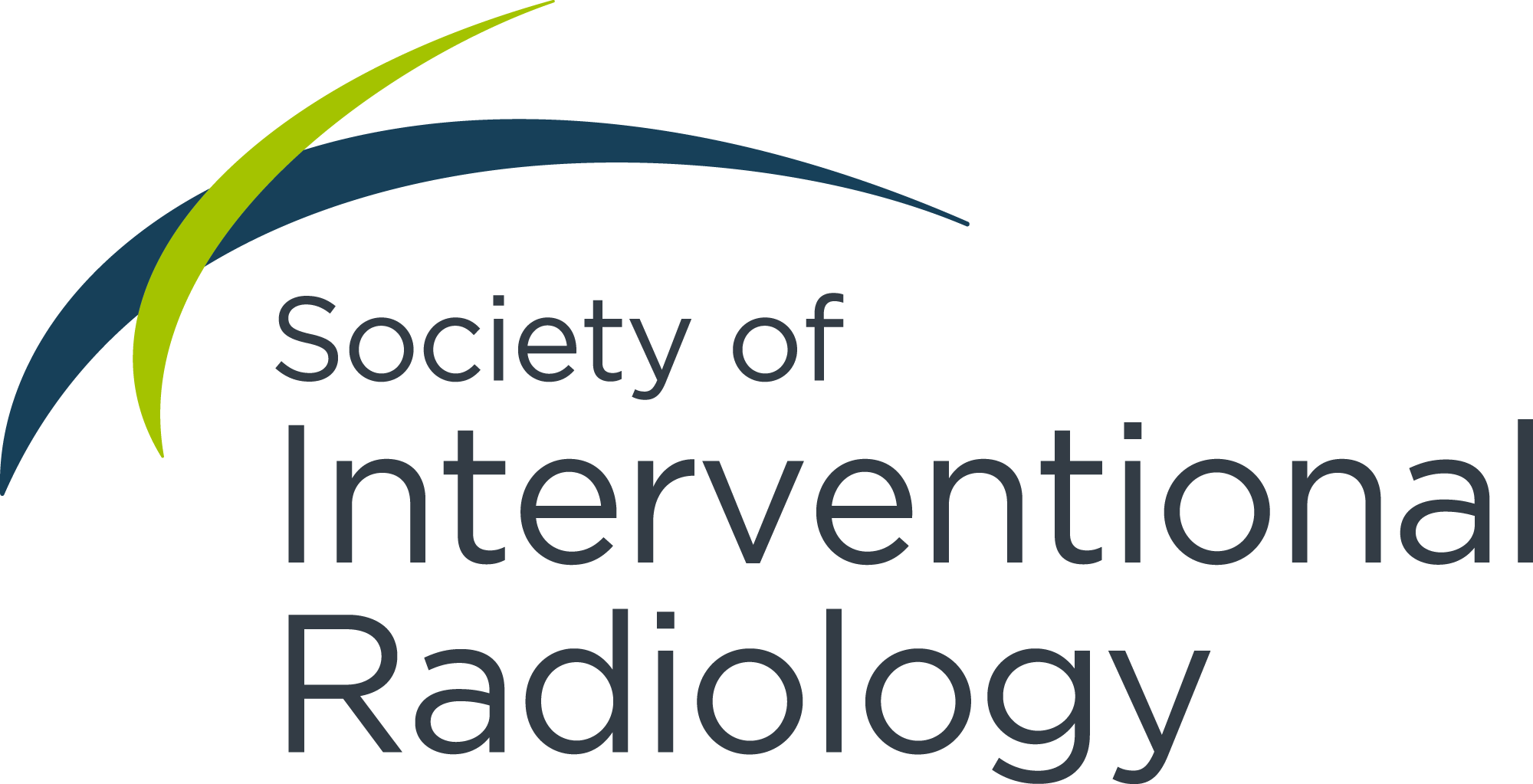Interventional radiology is a patient-facing specialty, and the increasing demand of minimally invasive procedures places it at the forefront of medicine. With growing minority and non-English speaking populations in the United States, there is an inherent need to diversify the IR workforce.
However, a recent review of IR exposure at medical schools with a high proportion of underrepresented minorities (URMs)—particularly focusing on historically Black colleges or universities (HBCUs)—found that no active HBCUs or osteopathic (DO) schools provide students with high-IR exposure.
The need for IR exposure
Diversifying the IR workforce has two-fold benefits. Firstly, racial/ethnic minority providers are more likely to practice in underserved areas, serving about 54% of minority patients and 70% of non-English speaking patients.1 The patient population is also found to report increased contentment with their treatment when the provider is from the same cultural or ethnic background.2 Secondly, the innovative nature of IR needs the intellectual diversity and productivity that comes with a varied workforce. With a large working pool of talent, cooperation between physicians with different lived experiences, perspectives and skillsets leads to well-informed patient care.3
Consistent efforts are being made by the field to diversify its workforce; however, the subjective and unstructured interview format of radiology residency programs disproportionately affects certain populations by introducing implicit bias. The conversational “ice-breaker questions” can be intertwined with unintentional microaggressions targeting certain ethnic or racial minority groups.4
In addition, osteopathic medical students have been historically underrepresented in IR. With no structured exposure to the field, students are at a disadvantage in terms of gaining clinical experiences, which precludes them from opportunities necessary for a successful match into integrated IR positions.5 As a result, African Americans among URM and DO graduates are referred together as having faced persistent challenges and underrepresentation in healthcare. These groups, with their nontraditional path to medicine, have the potential to enhance creativity and patient communication to ensure better clinical outcomes and patient satisfaction.6
Representation of URM and DO physicians in IR is comparable to other competitive specialties like neurosurgery and urology (figure 1). However, in comparison to dermatology and orthopedic surgery, their representation in IR has been low (figure 1). Data from the 2022 AAMC Physician Specialty Report revealed that of the 4,011 active IR physicians, 3% identified themselves as African American and 3.8% are DO graduates. It is crucial to study and address factors contributing to this reduced representation to help diversify the IR work field.

HBCU Figure 1 - 1
How much IR are HBCUs being exposed to?
Data regarding AAMC applicants and DO physicians was gathered, as well as a list of active HBCUs with medical schools. These institutions were then cross-referenced with the presence of an IR interest group; faculty listings within the SIR membership directory; and presence of an integrated IR residency, fellowship or approved Early Specialization in Interventional Radiology curriculum.5
Based on the presence or absence of IR resources and opportunities, institutions were classified into three distinct categories. Category I IR exposure was defined as the combination of an IR interest group, IR faculty listed in the SIR directory, and an approved integrated (or independent) IR residency or fellowship. If an institution had one or two out of the three components, it was characterized as Category II and if the institution did not have any of the three components, it was characterized as Category III (table 1).
By cross-referencing the applicant data with the list of schools, it was found that no active HBCUs or DO schools can be classified in high-IR exposure Category I (table 2). Of the total 44 schools studied, 18 (41%) were classified as Category II and the remaining 26 schools (59%) were classified as Category III (table 2).
The path forward
In 2016, the Journal of Vascular and Interventional Radiology published a letter to the editor characterizing the level of IR exposure at schools with high URMs. That letter underscored the disparities in access to IR education and opportunities among URM medical students.7 Since then, efforts by the American College of Radiology Pipeline Initiative for the Enrichment of Radiology (PIER) and the SIR Foundation Grants for Education of Medical Students (GEMS) programs have helped address these disparities.
The applicant pool of the GEMS program has seen a 150% increase in the number of African-American applicants and the number of awardees has increased from three to 10 over the last 3 years.8 However, their consistent efforts have been affected by existing systemic issues that continue to lead to low URM and DO representation.
In a study by Daye et al. at four institutions with a high percentage of URM students, 59.2% of students indicated they were less likely to understand the work of IR and indicated no awareness of opportunities for IR exposure.9 Among the osteopathic medical schools, less than one-third of the schools provide dedicated IR rotations for students.5 In addition, as seen from the study results, 59% of the DO schools and HBCUs have no exposure to IR in the form of student interest groups, SIR faculty and approved IR training programs. As a result, students are at disadvantage when it comes to choosing IR as a third-year elective.
Moreover, even with institutions offering an IR elective, the associated cost imposes financial constraints and further limits access.5 One way to increase representation is to have more IR physicians from URM backgrounds involved in the medical school faculty. This would provide opportunities for exposure and mentorship in early preclinical years. Stoehr et al. found that after an IR course with an endovascular simulator, fourth-year medical students reported a two-fold increase in IR interest and were 3.2 times more likely to choose IR as a specialty.10 This demonstrates that well-orchestrated outreach efforts at grassroots medical education levels are a potential way to increase awareness about IR among URM.
Through grassroots awareness campaigns, increased diversity in hiring, and programs such as PIERS or GEMS, there is a pathway to increase URM and DO representation and exposure to IR.
References:
- Marrast LM, Zallman L, Woolhandler S, Bor DH, McCormick D. Minority physicians' role in the care of underserved patients: Diversifying the physician workforce may be key in addressing health disparities. JAMA Intern Med. 2014 Feb; 174(2):289–91
- Higgins MCSS, Beeram IR. The imperative for diversity and inclusion in interventional radiology. AJR Am J Roentgenol. 2021 Sep;217(3):761–64. doi:10.2214/AJR.20.23470. Epub 2021 Jul 14.
- Jehn KA, Northcraft GB, Neale MA. Why differences make a difference: A field study of diversity, conflict, and performance in workgroups. Adm Sci Q 1999; 44(4):741–63
- Cyphers ED, Lightfoote JB, Kagetsu NJ. Inclusive resident selection in radiology: Practices for interviewers. J Am Coll Radiol. 2023 Feb;20(2):265–67. doi:10.1016/j.jacr.2022.10.003. Epub 2022 Nov 8.
- Cyphers ED, Groskreutz D, Grilli C, Ahuja RS. Exposure to IR rotations in osteopathic medical schools: Trends in residency applications and matching. J Vasc Interv Radiol. 2023 Aug;34(8):1424–27. doi: 10.1016/j.jvir.2022.12.485. Epub 2023 May 7. PMID: 37160251
- Manik R, Sadigh G. Diversity and inclusion in radiology: A necessity for improving the field. Br J Radiol. 2021 Oct 1;94(1126):20210407. doi:10.1259/bjr.20210407. Epub 2022 Jul 8.
- Kumar V, Diab N, Jefferson JM, Lehrman ED, LaBerge JM, Wilson MW. Characterizing IR exposure at US medical schools with the highest percentage of enrolled underrepresented minority medical students. J Vasc Interv Radiol. 2017;28(12):1751–53. doi:10.1016/j.jvir.2017.07.033
- Kumar V, Folleco A, Palacios V, Doshi P. Finding gems. IR Quarterly. 2023. irq.sirweb.org/advocacy/finding-gems.
- Daye D, Cedillo M, Castro L, Sullivan S, Smith M, Patel A, Kumar V. Abstract No. 344: Bridging the gap: Why aren’t underrepresented minorities pursuing careers in interventional radiology? Journal of Vascular and Interventional Radiology. 2019 March;30(3)S152. 10.1016/j.jvir.2018.12.415.
- Stoehr F, Schotten S, Pitton MB, Dueber C, Schmidt F, Hansen NL, Baeßler B, Kloeckner R, Dos Santos DP. Endovascular simulation training: a tool to increase enthusiasm for interventional radiology among medical students. Eur Radiol. 2020 Aug;30(8):4656–63. doi: 10.1007/s00330-019-06646-2. Epub 2020 Mar 27. PMID: 32221683.


